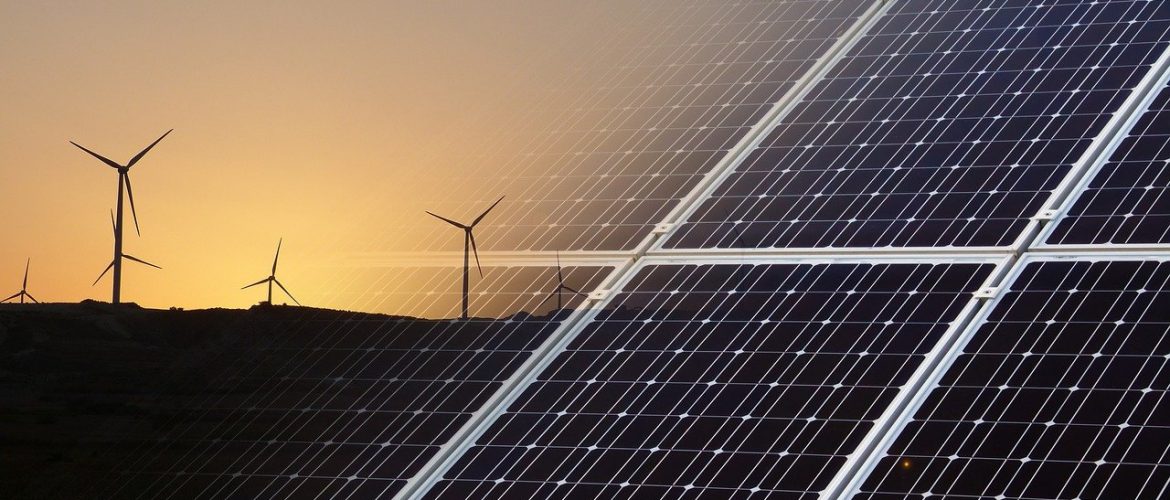According to the latest available monthly data from the Greek IPTO (ADMIE) for the interconnected network (December 2023):
Renewables (without large hydro) maintained the lead in electricity production in 2023 with a cumulative production of 19,642 GWh. For the first time they surpassed fossil gas and lignite together (19,144 GWh) by 2.2 TWh. Following a steadily increasing trend over the last 10 years, renewables were in first place in the twelve months of 2022 as well but were far behind the cumulative contribution of fossil gas and lignite (-3.8 TWh) and had a much smaller difference from fossil gas which was second (+1,725 GWh in 2022 compared to +6,729 GWh in 2023).
Additionally, despite the “dip” in 2023 compared to 2022, fossil gas remained in second place (14.631 GWh), while net imports were in third place with 4.912 GWh. This was followed by lignite (4,513 GWh) and large hydro (4,047 GWh). The contribution of lignite in particular returned to the levels of the 1970s, while in 2023 Greece was without lignite for a total of 28 days (672 -not consecutive- hours). At the same time, the use of fossil gas for electricity production was the lowest since 2018.
The large decrease of fossil gas in the contribution to electricity production in 2023 compared to 2022 (-3,318 GWh), and the smaller, yet important, decrease from lignite (1,072 GWh), were equally offset by the increased contribution of renewables (+1,686 GWh), the increase in net imports (+1,464 GWh), the reduction in electricity demand (-1,209 GWh) and finally the small increase in large hydro (+42 GWh). The above sequence is a partial reversal of the trend that prevailed up to June 2023, until when the reduction in gas and hydro was primarily offset by the reduction in demand. The picture was also different comparing to the previous year, when the decrease in the contribution of gas and large hydro to the electricity production in 2022 compared to 2021, was accompanied by an increase in lignite production and offset by an increase in renewables, and a decrease in electricity demand and net imports.
The annual percentage changes in 2023 compared to 2022 were:
Lignite: -19.2%
Fossil Gas: -18.5%
Renewables: +8.6%
Hydro: +1%
Net imports: +42.5%
Demand: -2.4%
Clean energy from renewables and large hydro in 2023 (25,407 GWh) reached a historic high compared to the same period of the last 10 years, exceeding by more than 6 TWh the electricity production from fossil fuels (19,144 GWh), which, on the contrary, reached a historic low, showing a decrease of 18.7% compared to the same period of 2022. Clean energy surpassed fossil fuels for the first time in the 12 months of 2022 as well, but the difference was much smaller than in 2023, just 145 GWh.
Renewables, together with large hydro covered more than half of the demand (51.4%) in 2023. This occurred for the first time in the nine-month period but with a slightly lower share (50.2%). As a result, clean energy with 25,407 GWh surpassed fossil fuels and net imports combined (24,056 GWh). Their contribution to domestic electricity production was even greater, as renewables together with large hydro had a share of 57%, exceeding the 2022 performance by 7 percentage points (50.1%).
The contribution of renewables in meeting the demand (excluding large hydro) was also high, with a share of 43.2%; 4 percentage points above the previous high record of 2022 (38.8%). The rest of the demand during the twelve-month period was met by fossil gas with a share of 29.6% (the lowest since 2018), net imports with 9.9%, lignite with a share that fell below the 10% threshold for the first time (9.1%) and large hydro with 8.2%.
Especially for December 2023:
– Lignite production (489 GWh) decreased by 19.5% compared to December 2022, after two months of consecutive increases compared to last year.
– The decrease in fossil gas (1,181 GWh) was larger, as its use in electricity production fell by 24% compared to December 2022.
– Renewables production (1,705 GWh) increased by 24.5% compared to December 2022, recording the second highest monthly increase in 2023 compared to the same months in 2022.
– Production from large hydro (499 GWh) was the highest monthly production since January 2022.
– December was the second consecutive net import month (326 GWh), following two net export months (September-October).
– Electricity demand (4,201 GWh) showed an increase compared to the same month in 2022 (+2.9%).
Cumulative consumption for the twelve months of 2023 (49,479 GWh) decreased by 2.4% compared to the same period last year and by 3.7% compared to the average of the last five years. However, the downward trend in demand has been steadily receding from month to month. Halfway through the year, for example, demand was 8.4% lower than in the first half of 2022. Despite the smaller percentage decrease in the 12-month period, the annual demand in 2023 was the lowest of the decade, lower even than that of the first year of the COVID-pandemic in 2020 (50,109 GWh).




















































































































































































































































































































